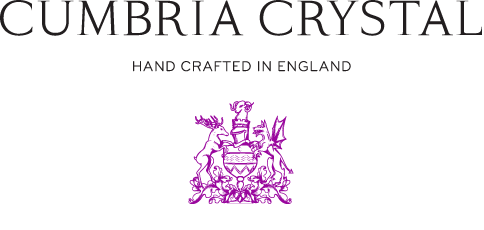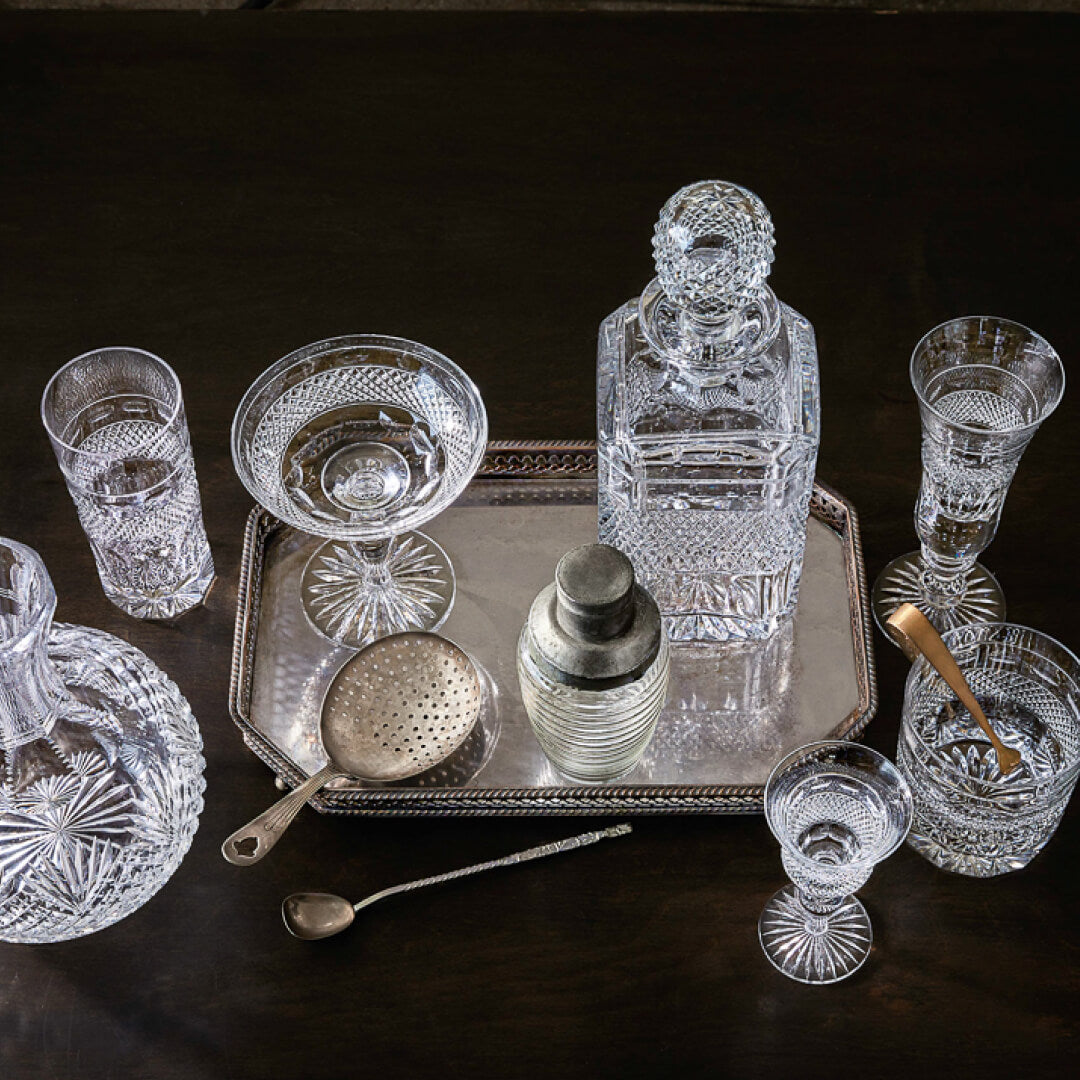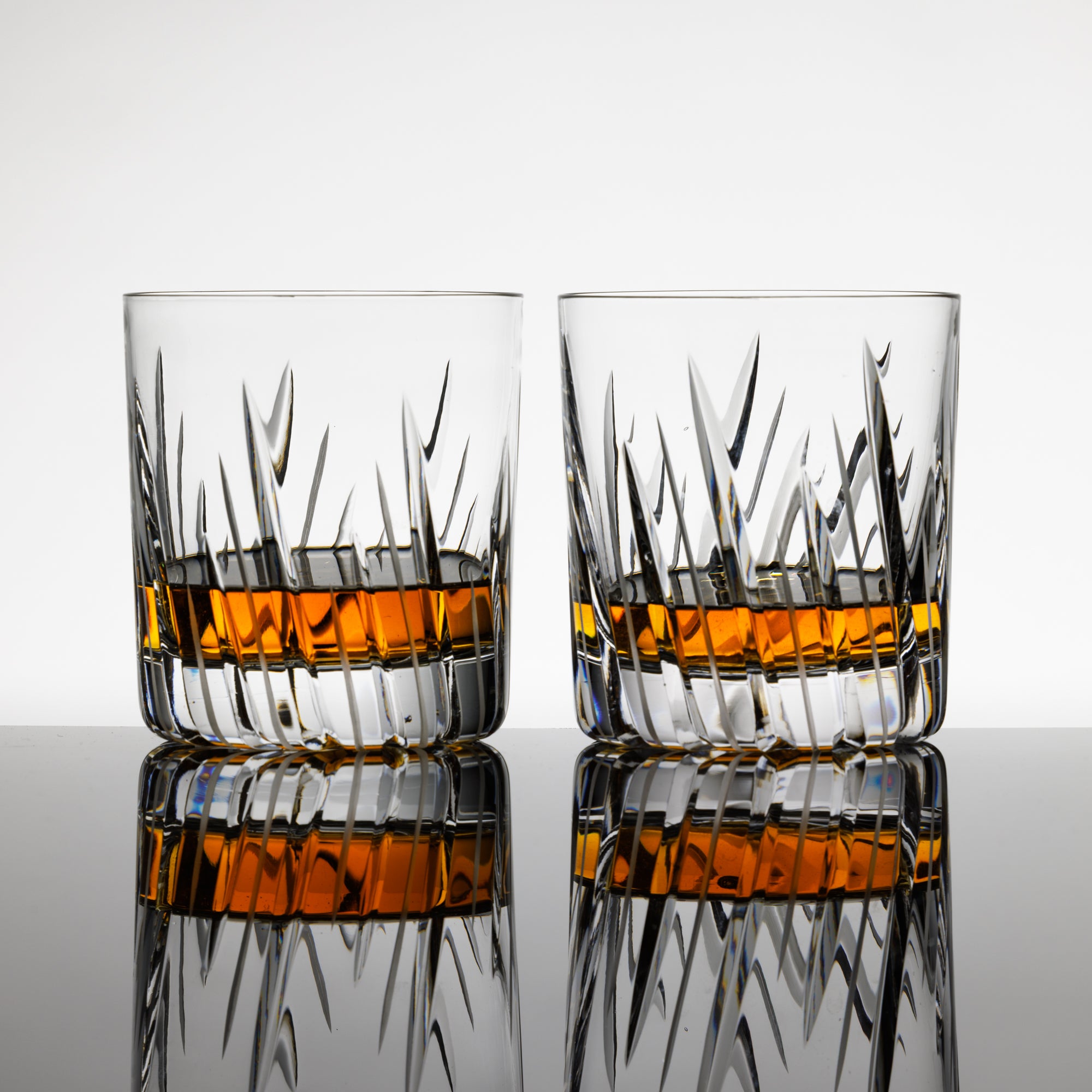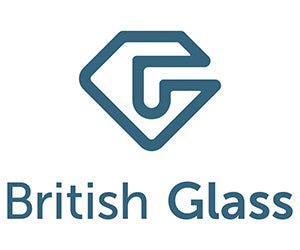What is lead crystal?
Glass can only be called crystal if it contains a minimum of 24% of lead oxide in the raw materials. Glass with over 30% is called full-lead crystal. Anything else is simply ‘glass’.
How do we begin to make lead crystal at Cumbria Crystal?
We start with creating our own secret Batch recipe. Batch is the technical term for the combination of different materials which give each glass its particular properties. It includes high-quality silica sand; soda, manganese, lime and lead oxide. Due to small quantities required by Cumbria Crystal it is safer for staff and more cost effective to have the raw materials mixed for us by a specialist company in Sweden. It arrives looking like an opaque granular breakfast cereal. It only becomes glassy after melting.
Once the batch is delivered to our factory it is melted in our two 500kg capacity furnaces. Unlike many glass factories we do not melt the raw materials quickly overnight. To achieve the highest quality crystal possible we deliberately melt the glass slowly over a whole weekend. The process is as follows; Friday evening - excess glass from the week’s production is ladled from the furnace and fritted in large vats of water. This will then be recycled the following week. The temperature is raised overnight from normal working temperature (1240C) up to 1450C.
Saturday - every hour two scoops of Batch, and one of Cullet or Frit, is put into the furnace to start melting. We use a ratio of 70% batch, to 30% Cullet/Frit. Cullet is excess crystal or broken crystal from the previous week’s production. Frit is glass that has been quenched in cold water from hot. The thermal shock causes the glass to break into little pieces.
Glass is one of the few materials that can be recycled indefinitely, provided it is not contaminated in any way. In fact the addition of 30% cullet actually helps improve the quality of glass.

Putting materials into the furnace hourly helps the materials to melt more evenly and as such helps minimise the number of small bubbles that are likely to be trapped in the glass. The glass is held at 1450C throughout the Saturday into the evening and then progressively cooled over the remainder of the weekend so it is at 1250C by 8am on the Monday morning. During the slow cooling the glass effectively shrinks and by doing this slowly it ‘squeezes’ the glass shrinking any tiny bubbles that have failed to rise to the surface and dissipate.
During the blowing process our glassmakers regularly ‘rake’ the surface of the glass. This also helps to reduce the volume of bubbles and chord the glassmakers gather on the end of the blowing iron. This can help improve the glass but slows the speed of production and can also limit the amount of products that can be produced in a day as the glass needs time to rest if worked this way for too long. Chord is a tiny but visible difference in the refractive index of the glass caused by the evaporation of materials from the surface, as the glass sits in the pot. This tiny difference changes the chemical composition of the glass slightly. When it is gathered onto the blowing iron, this surface glass becomes mixed with the glass immediately below it and on cooling the refractive difference can become visible as wavy swirl in the glass. This is generally acceptable as it is a sure indication of handmade glass, but if there is too much it will be rejected and recycled or sold as a factory second.
Cumbria Crystal specialises in the use traditional methods. It shuns automated blowing and cutting used by so many manufacturers and focusses only on what can be made exclusively by hand. This inevitably leads to a significantly smaller output and a higher price due to our smaller output compared to other glass factories, but represents the very pinnacle of artisan craftsmanship.

Did you know?
Glass is not a slow-moving liquid. It is a solid, albeit an odd one. It is called an amorphous solid because it lacks the ordered molecular structure of true solids, and yet its irregular structure is too rigid for it to qualify as a liquid. In fact, it would take a billion years for just a few of the atoms in a pane of glass to shift at all, so your crystal should last forever.
What does lead in the glass do?
Invented by the Englishman George Ravenscroft in 1674 lead in the glass reduces the melting temperature, increases the weight of glass and creates a beautiful clear finish. Being denser it refracts (bends) light more than other glasses so it sparkles better. The additional weight and shine is what people truly love about Cumbria Crystal. Being slightly softer than other glasses, decorative cutting can easily be incorporated into the designs, and containing lead it reacts extremely well with the hydrofluoric and sulphuric acid mix that is used to bring the glass to an incredibly high shine.

Is lead crystal safe?
Once lead is chemically bonded into the glass through the melting process it is safe to use. Learn more.
How do you know it is hand-made lead crystal?
First of all, weight. Lead crystal is heavy compared with other glasses.
Tiny bubbles and chord as described previously, are far more common in furnaces in which the glass ‘sits’ stationary (only affected by thermal currents) in a crucible or large ceramic pot. Industrially bubbles and chord are avoided as the glass is kept in continuous motion, effectively stirring the glass. However, this requires factories requiring 5+tons of glass per day as opposed to 1 ton per week at Cumbria Crystal. By their very nature the large factories are mass producing glass which will also not be lead crystal. They can generally remove these minor variations in glass, but by doing so indicate that the products are unlikely to be lead crystal or completely handmade.
At Cumbria Crystal we see tiny bubbles and small amounts of chord as the ‘stars in the galaxy’. The almost invisible elements that make crystal that little bit more interesting, tell the story of its origins and a classic indication of handmade craftsmanship.

Why purchase from Cumbria Crystal?
- We make everything in the UK, unlike some fellow glass manufacturers who outsource abroad. We are extremely proud that every element of the production process happens under one roof in our small factory in the English Lake District and UNESCO World Heritage site.
- We have a small team of just 23 staff. A typical glass will take 10-14 days to produce from start to finish and pass through at least 9 pairs or artisans’ hands.
- We only produce crystal with 24% of lead content.
- We specialise in clear, hand crafted luxury, lead crystal. We do one thing, we do it very well & aspire to be the best in the world.
- We operate as sustainably as possible and have staff welfare, recycling and sustainability initiatives in place.
- We produce classic styles so they will last a lifetime and beyond.
- We are the only remaining factory in the UK that still has the knowledge and capacity to produce luxury, hand-blown, cut and finished stem and barware.






